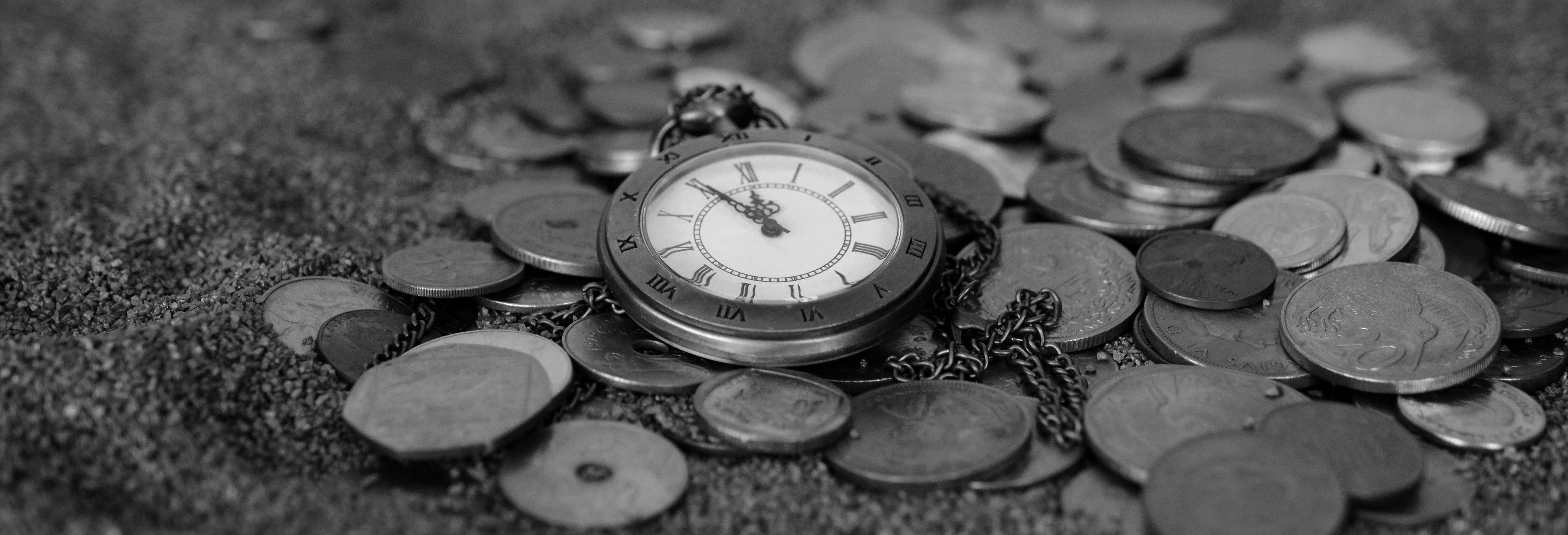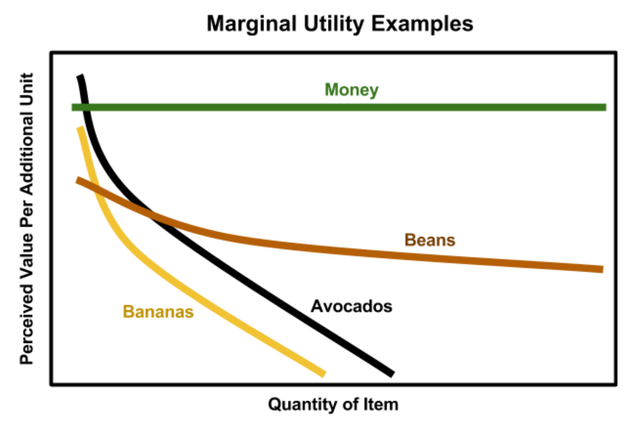Money is a Human Manifestation that Communicates Scarcity

Forms of Money are used daily, but where does money come from? People pay for their housing, food and entertainment. Money wasn't invented, but evolved out of the human desire to share surplus resources. The sharing of surplus resources forms the basic premise of money. Money isn't a real thing rather it's a manifestation of the human mind. Words and thoughts wouldn't exist without humans and money wouldn't exist either. The action of trading surplus requires communication of scarcity. If the scarcity is unknown, then it's impossible to create an fair trade. Communicating scarcity has evolved from barter ledgers, which would record trades between two individuals, to using money. Money becomes the unit of scarcity itself making it easy for mankind to trade fairly with reduced friction.
A quick internet search will reveal it's well known that money originated out of the act of bartering roughly 8000 years ago. However, origination of bartering isn't clearly explained. As hunter gatherers, humans relied on gathering food as it was needed for survival. The surplus from this act where the idea of money originates. In his book Principles of Economics, Carl Menger goes into detail explaining this phenomenon. This surplus produced isn't only a surplus today, but also factors is the sum of individuals needs in the future.
The individual's determination of their surplus stems from the "marginal utility" of the materials or products they own. For example, Avocados have a low marginal utility. To the individual each of the first three avocados might be equally valuable depending on how they are used. However, the 10th Avocado may not be valued as highly as each of the first three as it would be wasteful to buy avocados that would be rotten before one get could around to eating them. Avocados spoil within a week so individuals only buy as many as they need in the next week. Compare this to the marginal utility of dried beans. Beans don't easily spoil and can be stored for years in a pantry. For an individual with a long term horizon beans have high marginal utility. Assuming the individual eats beans regularly, the individual will value the 20th bag only slightly less to the amount he did the 1st bag because the individual knows that 20th bag will be used and not be spoiled.

Surplus occurs when the producer's marginal utility of a product is less than a potential consumer's. When this difference becomes strong enough, an individual will make a conscious decision to make an action. The action to trade one's surplus requires communication where two individuals or a group of people agree to exchange materials or products. This occurs because both individuals have communicated the value of their end of the trade and becomes a value for value exchange.
To manage surplus, markets were created to facilitate trade of the surplus. Barter ledgers were created by trusted entities to manage the trade. Contrary to popular belief people didn't barter directly, they did so through a trusted party. The trusted party maintained ledgers of transactions and debts would be tracked. A farmer might agree to trade corn today for meat in the future with another farmer. This agreement would then be recorded by the trusted party.
These ledgers needed to be maintained because there was no acceptable material that would maintain the marginal utility for all individuals involved in the transaction. Eventually rare shells, gold and other rare items started to circulate because these items had a high marginal utility for all individuals and created a way to transact without the reliance on a trusted party. These materials with a high marginal utility for everyone became what is known as money.
Money originated out of the desire for individuals to trade their surplus items for items with higher marginal utility. Trusted ledgers were first used, but then materials including gold, silver or even rare shells allowed for trustless exchange as they were materials with a high degree of marginal utility for all individuals. Individuals knew that a certain amount of gold would purchase the same amount of an item today as it would in the future. Money was born and as the price of an object increases this indicates the supply of that item isn't meeting the current demand. This signals scarcity in the supply and creates an opportunity for other entrepreneurs to make an effort to supply that same product for a lower cost. Without a good trustless money it becomes difficult to understand when there's too much supply or too little supply, confusing the market and creating unintended consequences for market participants.
If you like this post please follow me.
http://www.cryptocoach.cc

The US dollar is actually debt. We force other countries to use the US dollar to buy oil to try and pay for that debt.
I wanted to keep this article very basic about the origins of money and I didn't plan to get into the USD. But one can see the parallels between the barter ledgers which were essentially debt ledgers and the control those centralized parties had on people. Both the USD and barter ledgers are similar in that they allow for a centralized entity to easily control people. This is why people naturally moved to Gold and Silver to get away from this control. It was only through the stealthy breakdown of the Gold standard that we find ourselves with the debt backed USD.